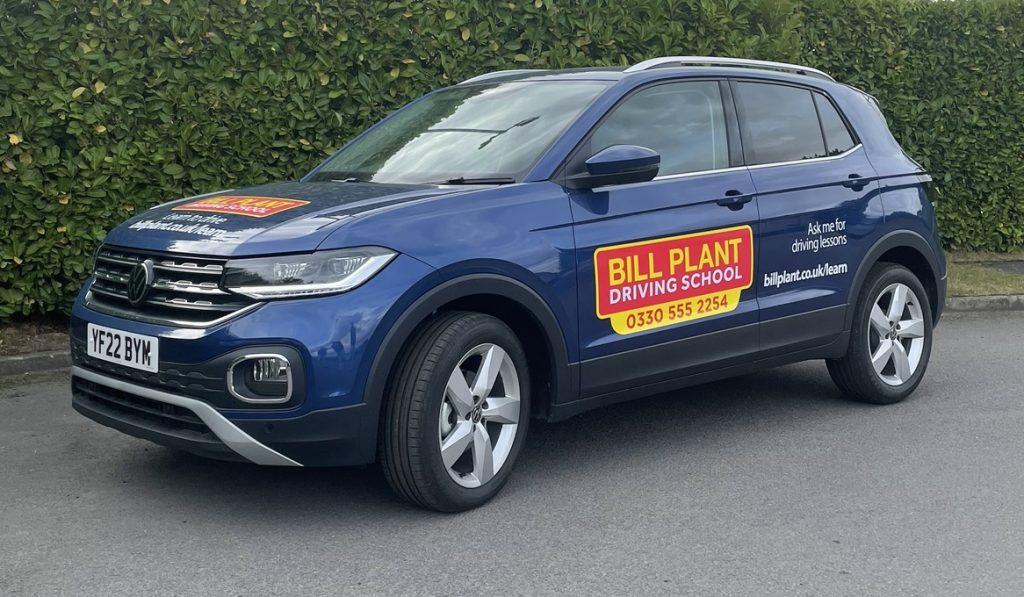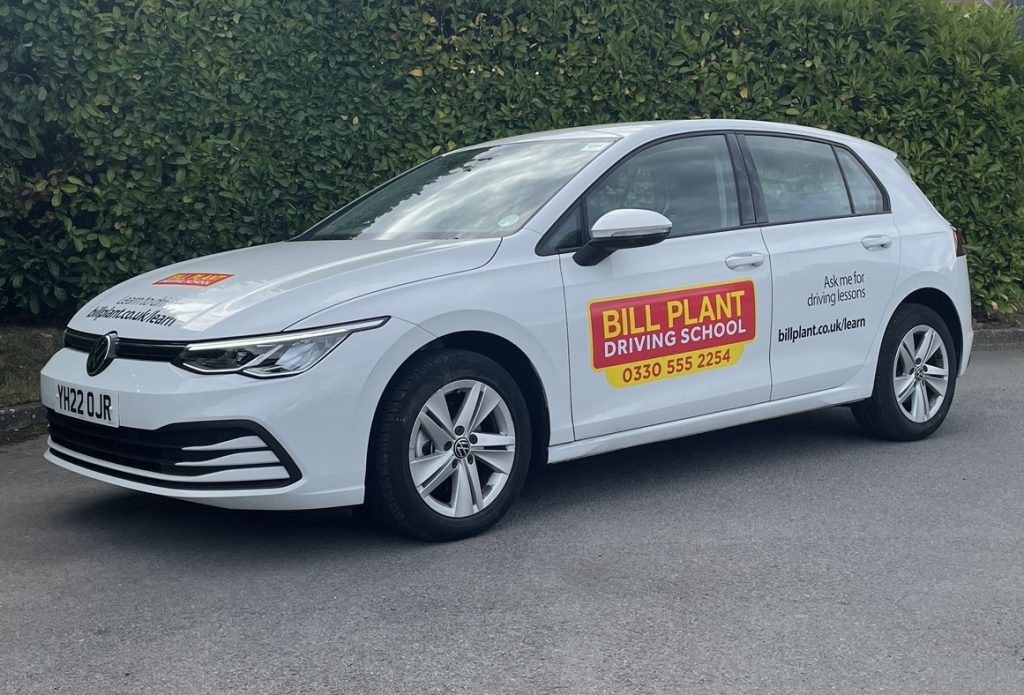Knowing road layouts when you learn to drive will help you become a more competent and confident driver. This guide will help you better understand the different types of crossroads you will encounter when driving in the UK, their rules, and who has priority when approaching them.
What is a Crossroad?
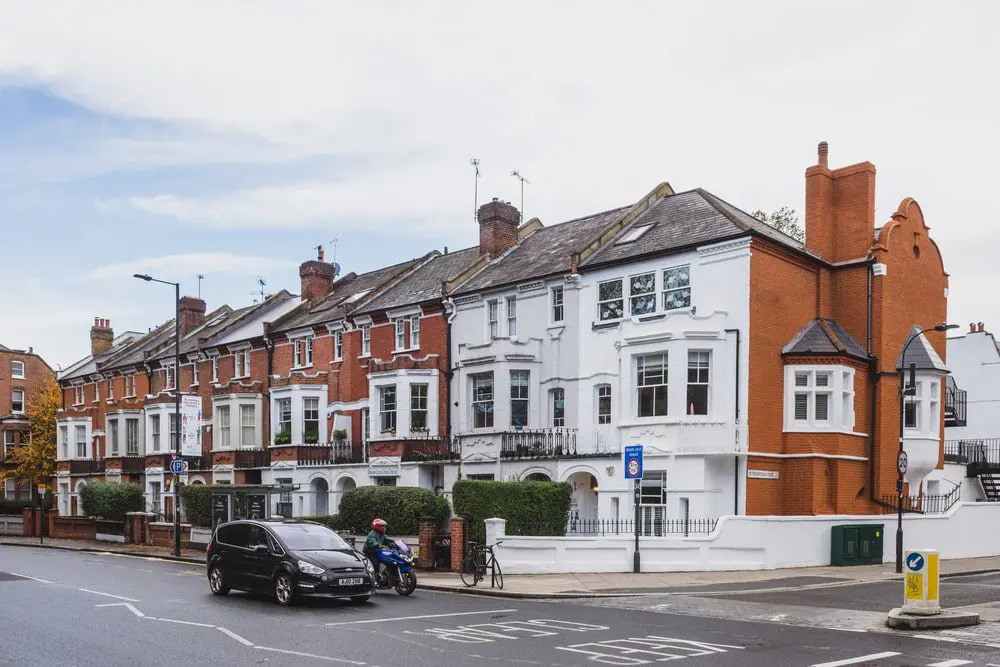
The Collins English dictionary definition of a crossroad as a road that crosses another, usually, a minor road crossing the major road. The instructions on how to proceed when roads intersect may differ at these kinds of junctions, so you should always be aware of signage, traffic signals, or road markings when approaching them. In the US, they are referred to as “intersections”.
It is common to find a rural community situated where a minor road crosses the major road.
To support your driving even further, our guides from know your traffic signs and what they mean, to most common driving test fails will give you all the information you need when it comes to driving on the roads safely.
The 2 Main Types of Crossroads
When driving in the UK, you are likely to come across two different crossroads; you might even encounter them in your driving lessons or during your driving test. These are the more common marked crossroads and the less common unmarked crossroads.
Marked Crossroads
Marked crossroads will have signage as you approach, letting you know if you are on the major road that does not need to give way but will advise proceeding with caution. Alternatively, you might see a ‘Give Way’ sign that lets you know the cars on the road you are approaching have the right of way, and you should stop.
Some busier crossroads might have lights to tell you when you can go. These are known as controlled crossroads. Some controlled crossroads will have dedicated cycling sections at the lights, and this area should be left clear for cyclists.
Some crossroads might also have criss-cross yellow lines painted in the centre. This is a box junction and means you should not drive onto this section unless your exit lane or road is clear to proceed without stopping. If you would have to stop and wait in the yellow criss-crossed area, you should not proceed.
Unmarked Crossroads
In many suburban and rural settings, you will have unmarked crossroads. You must be aware of potential hazards at unmarked crossroads because no one has priority – never assume an oncoming vehicle will let you proceed first.
An unmarked crossroad is when one road crosses another without any road markings or traffic lights, meaning no one has right of way. You won’t find this on main roads, and it is more likely to be on minor suburban or rural roads.
Unmarked crossroads are not always easy to see, so always proceed with caution whether you are going straight ahead onto the road opposite or turning off. If other vehicles arrive simultaneously, never assume you have priority and continue with caution and awareness of what other road users are doing.
Approaching Crossroads to Turn
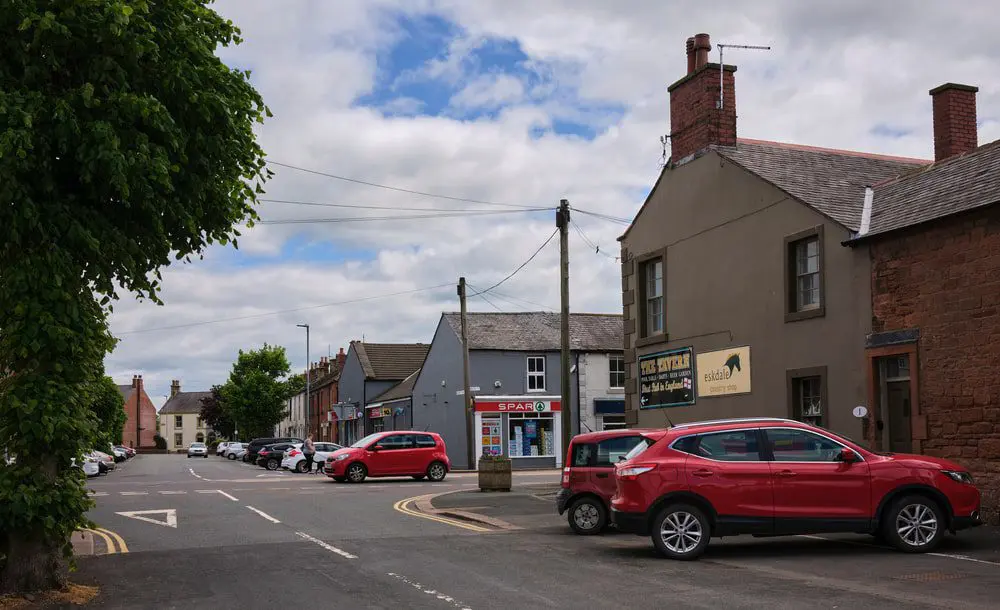
If you are turning at a crossroads rather than continuing to the road opposite, and another vehicle is turning, your paths would cross. There are two ways to approach this. This section will explain the nearside to nearside and offside to offside rules.
Nearside refers to the passenger’s side nearest the curb, and offside refers to the driver’s side.
What is the nearside to nearside rule?
Nearside to nearside turning at a junction is when cars pass in front of each other with the passenger doors passing one another. Nearside to nearside is the most common way to turn as it gives the driver the ability to judge the distance between the vehicles in front of them.
What is the offside to offside rule?
Offside to offside is when you pass behind the vehicle and turn. To turn safely, you will need to stay on your side of the road and ensure enough clearance beyond the vehicle you are passing.
Emerging at Crossroads
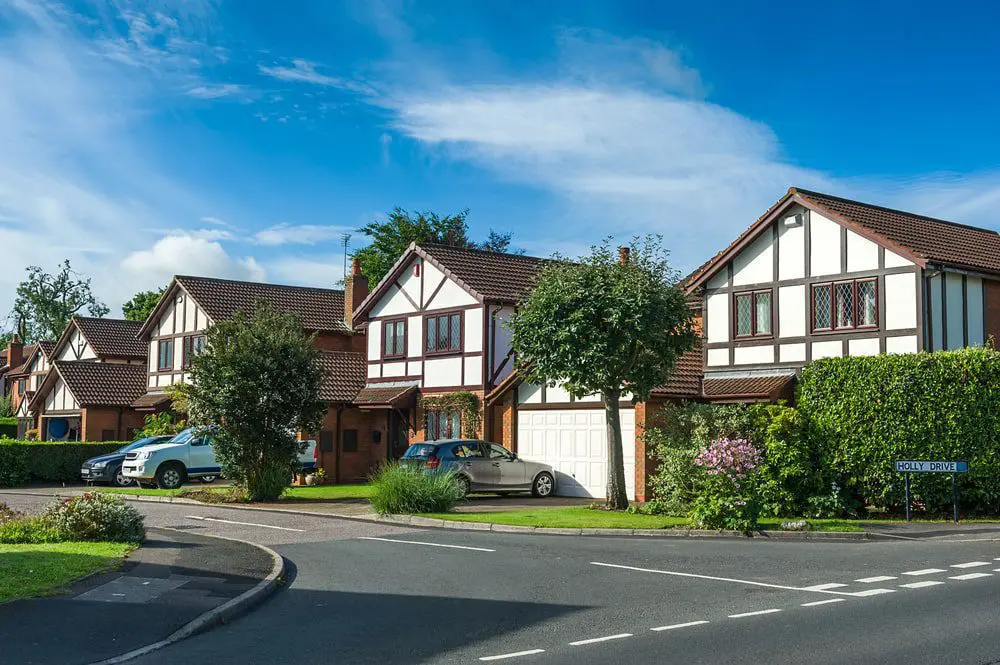
When emerging at crossroads, be aware of other road users, road markings, and other potential hazards. Marked and controlled crossroads make it easier for drivers to know their role, but staggered and unmarked crossroads can be trickier.
Emerging at staggered crossroads
Staggered crossroads differ from regular crossroads as the road does not continue directly across from the other. This means it can take longer to cross, and more manoeuvring of the vehicle will be necessary.
When approaching a staggered crossroads, priorities can be difficult to determine. You should look for a safe gap in the traffic so you can cross safely without rushing or causing other vehicles to take action to avoid you.
Emerging at unmarked crossroads
No one has the right of way at an unmarked crossroad, so you will have to be aware of other road users’ intentions to emerge safely. Always take the time to assess the junction, other road users, and potential hazards. It is not uncommon for people to pass through an unmarked junction before realising it is there.
Never assume someone will slow down, stop, or turn, and proceed with caution to negotiate the crossroads safely.
Priority at Crossroads
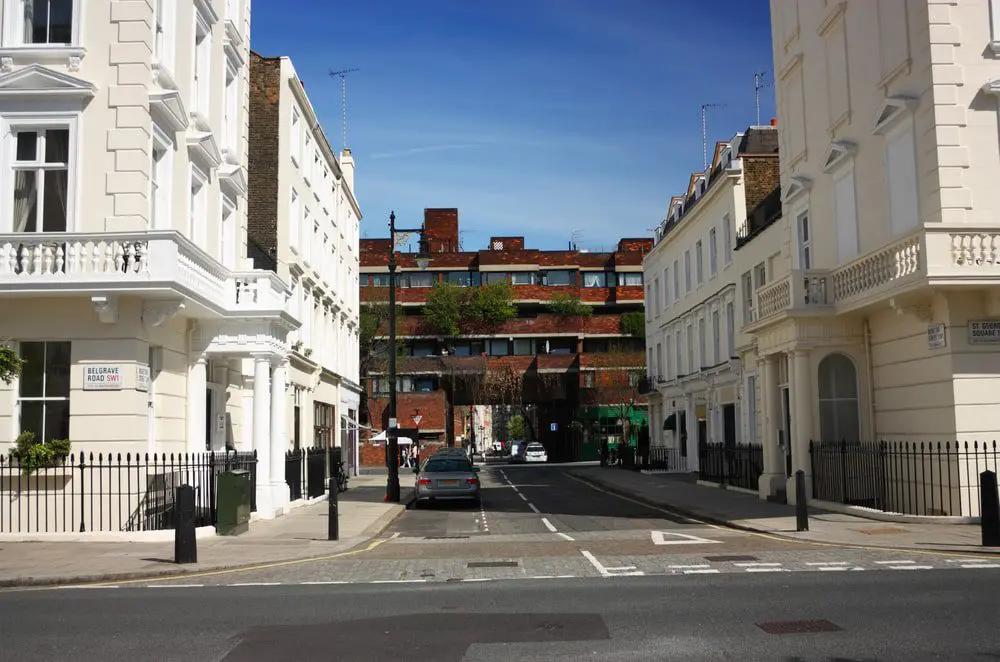
You will be able to use road markings and signage to establish who has the right of way at a crossroads. ‘Give Way’ signs and road markings that instruct you to stop will let you know you are joining or crossing a road whose drivers have priority at this junction.
If you are on the road with priority at crossroads, you should still approach with caution if other road users do not follow the instructions or join the road and move off slowly.
Feel free to check out our online theory lessons or our online theory instructor guide.
Test your knowledge? Check out our multiple choice theory test.
FAQs
What is the difference between crossroads and junctions?
A crossroad is a junction, but not all junctions will be crossroads. A junction is when two or more roads meet or join, and a crossroads is where two roads intersect.
Who has priority at unmarked crossroads?
No one has priority at unmarked crossroads without traffic lights, and you should always proceed with caution and double-check for oncoming traffic. It is more likely that remote crossroads are unmarked, so always be wary when travelling off main roads.
Who goes first at a crossroads?
Always follow road markings and traffic signals to confirm who has the right of way at a crossroads.
Final Thoughts
Crossroads can seem daunting when you first start taking driving lessons with Bill Plant Driving School, especially on busier roads.
As you learn, you will grow in confidence and better understand how to approach crossroads, who has the right of way, and the meanings of road markings and traffic signals.
A good instructor will teach you the meaning of road markings and how to negotiate cross roads safely. Always take time to check for oncoming vehicles at T-junctions and crossroads.
Grab a copy of our Bill Plant Driving School highway code today!
